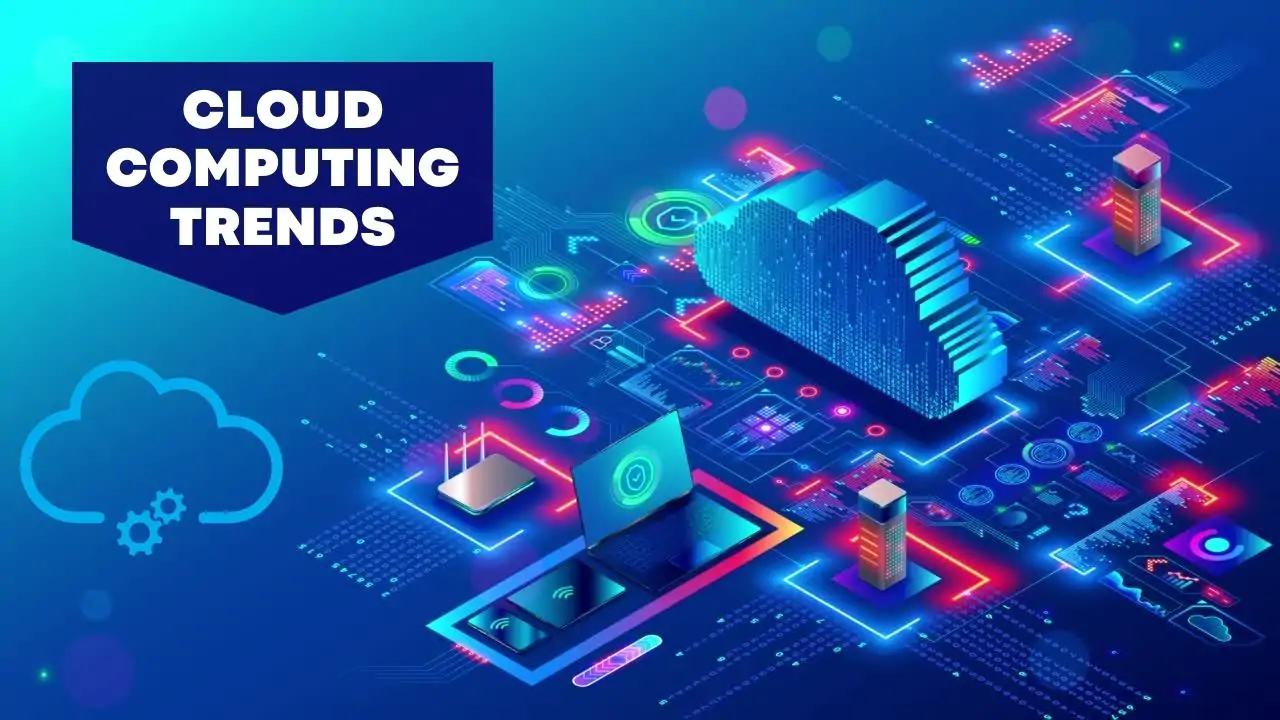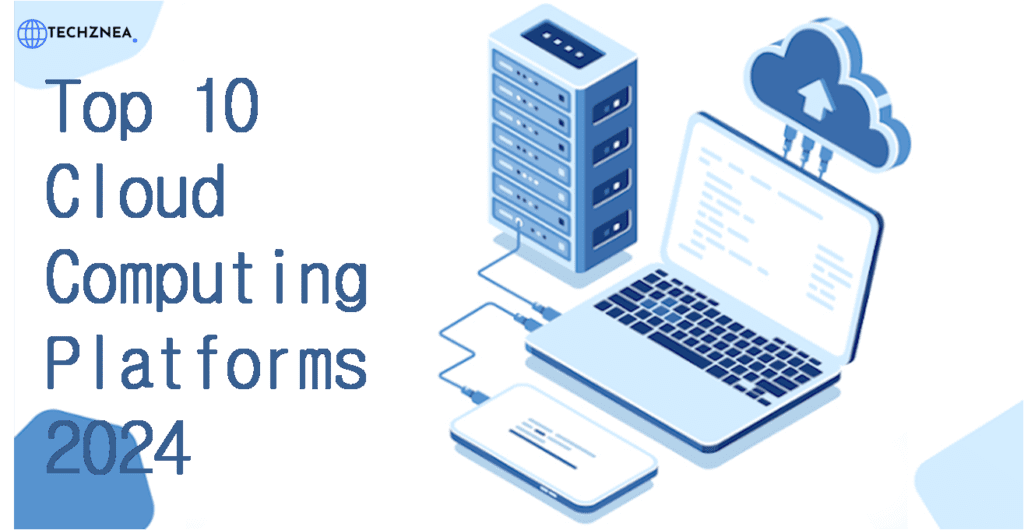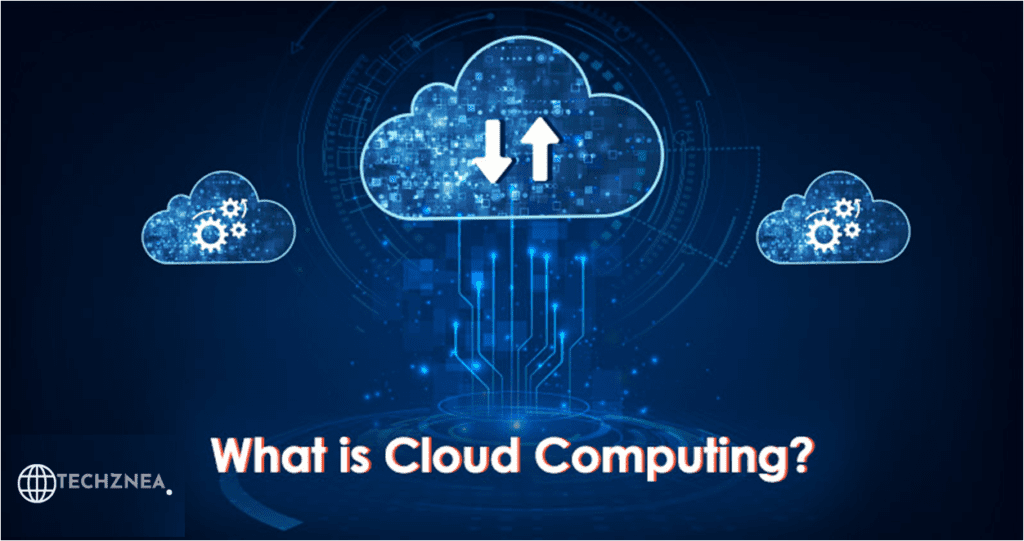
The rapid evolution of cloud computing continues to transform how businesses operate, offering new tools and capabilities that drive innovation, efficiency, and scalability. As we navigate through 2024, several cloud technologies are emerging as game-changers, each contributing to the cloud landscape’s dynamic growth. This blog delves into the top 10 cloud technologies of 2024, exploring their features, benefits, and the impact they are set to have on various industries.
What is Edge Computing?
Edge computing is a distributed computing paradigm that brings computation and data storage closer to the location where it is needed, improving response times and saving bandwidth. Instead of relying on a centralized cloud server, edge computing processes data at the “edge” of the network, such as on local servers or devices.
Benefits of Edge Computing
- Reduced Latency: By processing data closer to the source, edge computing significantly reduces latency, critical for applications requiring real-time processing.
- Improved Security: Keeping data local can enhance security by reducing the amount of data transmitted over networks.
- Scalability: Edge computing supports the scalability of IoT devices and applications by offloading data processing from central servers.
Impact on Industries
- Manufacturing: Edge computing enables real-time monitoring and predictive maintenance of machinery, reducing downtime and increasing efficiency.
- Healthcare: It supports real-time patient monitoring and data analysis, enhancing patient care and operational efficiency.
- Retail: Edge computing enhances in-store experiences through personalized customer interactions and efficient inventory management.
What is a Multi-Cloud Strategy?
A multi-cloud strategy involves using services from multiple cloud providers to optimize performance, reduce costs, and avoid vendor lock-in. Businesses leverage the strengths of different cloud platforms to meet specific needs.
Benefits of Multi-Cloud Strategy
- Flexibility: Organizations can choose the best services from various providers, enhancing flexibility and innovation.
- Cost Optimization: Businesses can optimize their cloud expenditure by comparing and selecting cost-effective services.
- Resilience and Redundancy: Using multiple cloud providers increases redundancy and reduces the risk of downtime.
Impact on Industries
- Finance: Financial institutions use multi-cloud strategies to ensure compliance, enhance security, and improve service reliability.
- Healthcare: Multi-cloud setups help providers manage diverse workloads and ensure data privacy.
- E-commerce: Online retailers benefit from enhanced scalability and reliability, ensuring seamless customer experiences during high-traffic periods.
What is Serverless Computing?
Serverless computing is a cloud computing execution model where the cloud provider dynamically manages the allocation and provisioning of servers. Developers can focus on writing code without worrying about the underlying infrastructure.
Benefits of Serverless Computing
- Cost Efficiency: Pay-as-you-go pricing models ensure that businesses only pay for actual usage, reducing costs.
- Simplified Operations: Developers can focus on coding rather than infrastructure management, speeding up development cycles.
- Scalability: Serverless architectures automatically scale based on demand, ensuring optimal performance.
Impact on Industries
- Startups: Serverless computing allows startups to develop and deploy applications quickly without heavy upfront infrastructure investments.
- Media and Entertainment: It supports dynamic content delivery and real-time processing of large media files.
- Education: Serverless architectures facilitate the creation of scalable and interactive online learning platforms.
What are AI/MLaaS?
AI/MLaaS refers to cloud-based platforms that provide artificial intelligence and machine learning services, enabling businesses to incorporate AI capabilities without investing in extensive infrastructure or expertise.
Benefits of AI/MLaaS
- Accessibility: Organizations of all sizes can access advanced AI and ML tools and frameworks.
- Cost-Effective: Reduces the need for significant investments in hardware and specialized talent.
- Scalability: Cloud-based AI/ML services can scale to meet the demands of various applications and workloads.
Impact on Industries
- Healthcare: AI/MLaaS supports diagnostics, personalized medicine, and predictive analytics.
- Finance: Enhances fraud detection, risk management, and customer service through predictive modeling.
- Retail: Improves customer insights, demand forecasting, and personalized marketing.
What is Kubernetes?
Kubernetes is an open-source container orchestration platform that automates containerized applications’ deployment, scaling, and management. It simplifies complex container operations, making running applications consistently across different environments easier.
Benefits of Kubernetes
- Portability: Kubernetes ensures applications run consistently across various environments, including on-premises, hybrid, and multi-cloud.
- Scalability: Automatically scales applications based on demand, optimizing resource utilization.
- Flexibility: Supports various workloads, including microservices, big data processing, and CI/CD pipelines.
Impact on Industries
- Telecommunications: Facilitates deploying and managing network functions virtualization (NFV).
- Finance: Enhances the agility and reliability of financial applications, improving service delivery.
- E-commerce: Supports the seamless deployment and scaling of web applications and microservices architectures.
What are Hybrid Cloud Solutions?
Hybrid cloud solutions integrate on-premises infrastructure with public and private cloud services, offering a unified and flexible computing environment. This approach allows businesses to leverage cloud and on-premises infrastructure benefits.
Benefits of Hybrid Cloud Solutions
- Flexibility: Businesses can choose where to run workloads based on cost, performance, and regulatory requirements.
- Data Security: Sensitive data can be kept on-premises while utilizing the cloud’s scalability and cost-efficiency.
- Business Continuity: Enhances disaster recovery and backup capabilities through distributed architectures.
Impact on Industries
- Healthcare: Ensures compliance with data privacy regulations while enabling scalable healthcare applications.
- Finance: Balances the need for high security with the scalability of cloud services.
- Manufacturing: Integrates factory-floor operations with cloud analytics and machine learning.
What is Zero Trust Architecture?
Zero Trust Architecture (ZTA) is a security model that assumes no entity, whether inside or outside the network, is trusted by default. It requires continuous verification of all entities trying to access resources, ensuring robust security in cloud environments.
Benefits of Zero Trust Architecture
- Enhanced Security: Minimizes the risk of data breaches by verifying every access request.
- Visibility and Control: Provides detailed monitoring and control over network access and data flow.
- Adaptability: Easily integrates with existing security frameworks and cloud environments.
Impact on Industries
- Government: Protects sensitive data and infrastructure from sophisticated cyber threats.
- Healthcare: Ensures patient data security and compliance with regulations such as HIPAA.
- Finance: Secures financial transactions and sensitive customer information.
What is Cloud-native Development?
Cloud-native development involves building and running applications that fully exploit the advantages of cloud computing models. It leverages microservices, containers, and continuous integration/continuous deployment (CI/CD) practices to create scalable and resilient applications.
Benefits of Cloud-native Development
- Agility: Accelerates development cycles and enhances responsiveness to market changes.
- Scalability: Enables seamless scaling of applications to handle varying workloads.
- Resilience: Ensures high availability and fault tolerance through distributed architectures.
Impact on Industries
- Technology: Drives innovation and accelerates the deployment of new software products and services.
- Retail: Enhances the scalability and reliability of e-commerce platforms and digital experiences.
- Education: Supports the development of scalable and interactive online learning environments.
What is Quantum Computing as a Service?
Quantum Computing as a Service (QCaaS) provides access to quantum computing resources via the cloud. It allows organizations to experiment with quantum algorithms and applications without investing in expensive quantum hardware.
Benefits of QCaaS
- Accessibility: Makes quantum computing available to businesses and researchers without needing specialized hardware.
- Innovation: Accelerates research and development in cryptography, materials science, and optimization.
- Collaboration: Facilitates collaboration between academia, industry, and technology providers.
Impact on Industries
- Pharmaceuticals: Accelerates drug discovery and molecular modelling.
- Finance: Enhances risk analysis, portfolio optimization, and cryptographic security.
- Energy: Optimizes energy grid management and renewable energy resources.
What are Cloud-based IoT Platforms?
Cloud-based IoT platforms provide the infrastructure and tools to connect, manage, and analyze data from Internet of Things (IoT) devices. These platforms enable the integration of IoT devices with cloud services, facilitating data collection, storage, and analysis.
Benefits of Cloud-based IoT Platforms
- Scalability: Supports the connection of millions of IoT devices and the processing of large volumes of data.
- Analytics: Provides powerful analytics tools to derive insights from IoT data.
- Integration: Enables seamless integration with other cloud services and enterprise systems.
Impact on Industries
- Smart Cities: Enhances urban planning, traffic management, and public safety through connected devices.
- Healthcare: Supports remote patient monitoring, wearable devices, and predictive health analytics.
- Agriculture: Enables precision farming, real-time monitoring of crop conditions, and efficient resource management.
The cloud technology landscape in 2024 is marked by rapid advancements and innovative solutions that are reshaping industries and driving digital transformation. From edge computing and multi-cloud strategies to serverless computing and quantum computing, these technologies offer unprecedented opportunities for businesses to enhance efficiency, scalability, and security.
As organizations continue to embrace cloud technologies, staying abreast of these developments will be crucial for maintaining a competitive edge. By leveraging the power of these top 10 cloud technologies, businesses can unlock new potentials, drive innovation, and navigate the complexities of the modern digital landscape.




